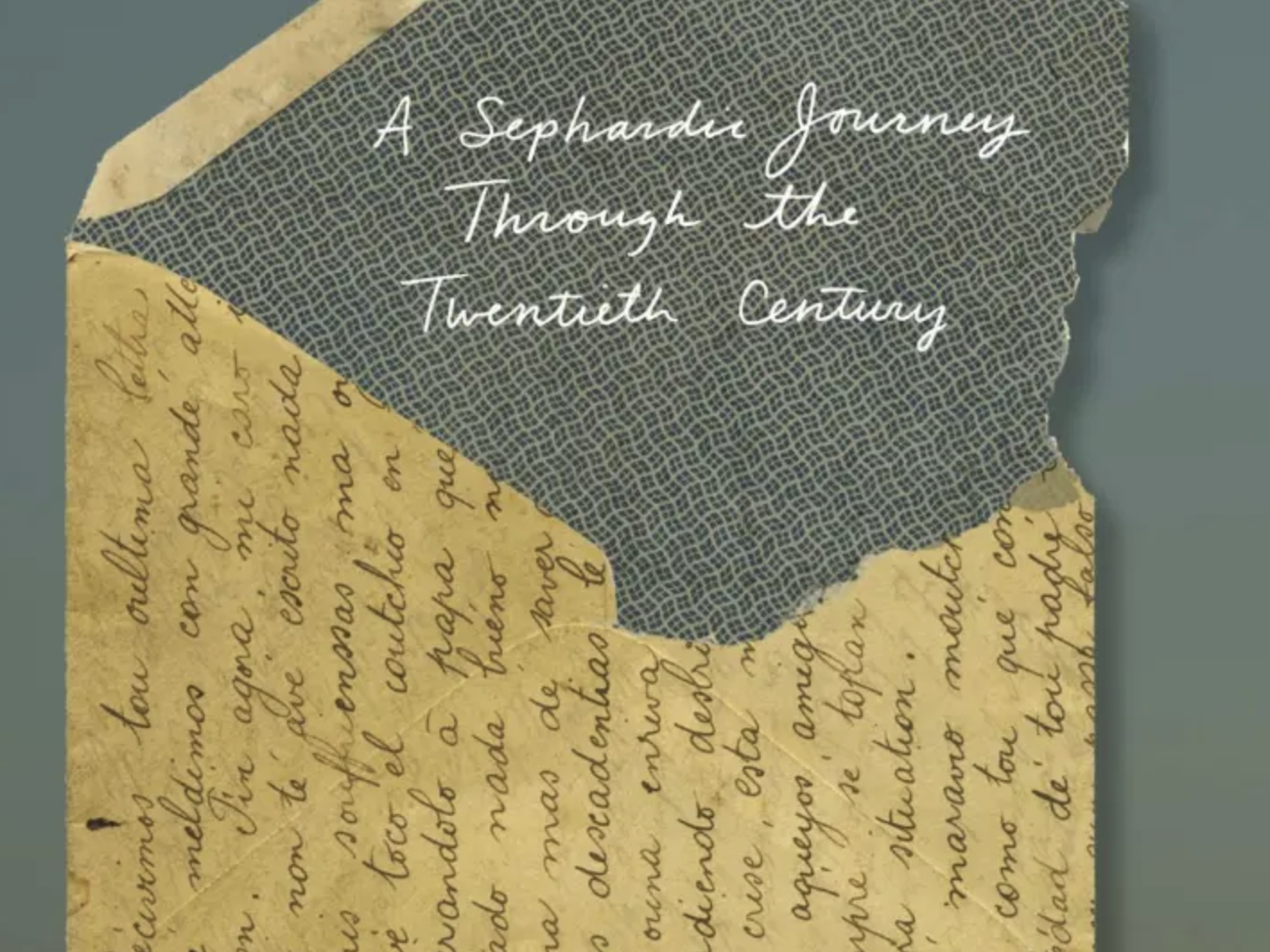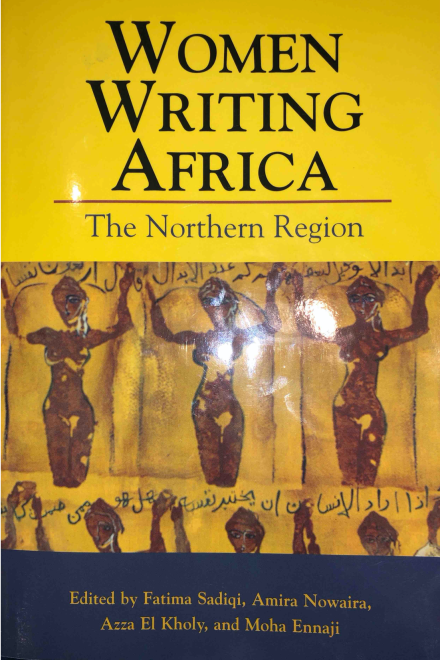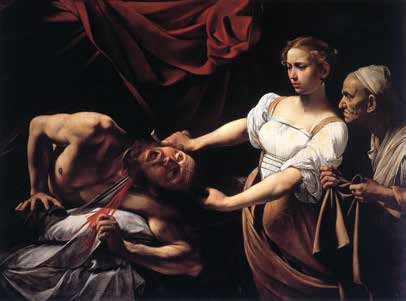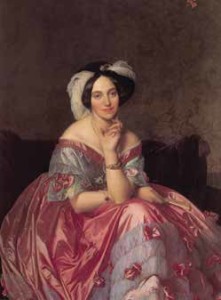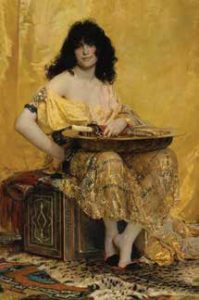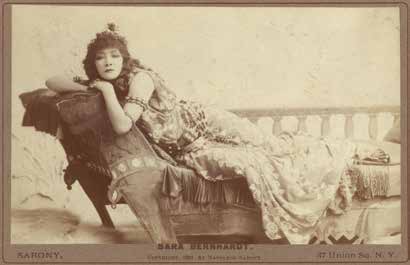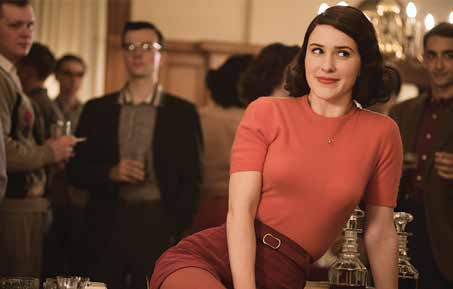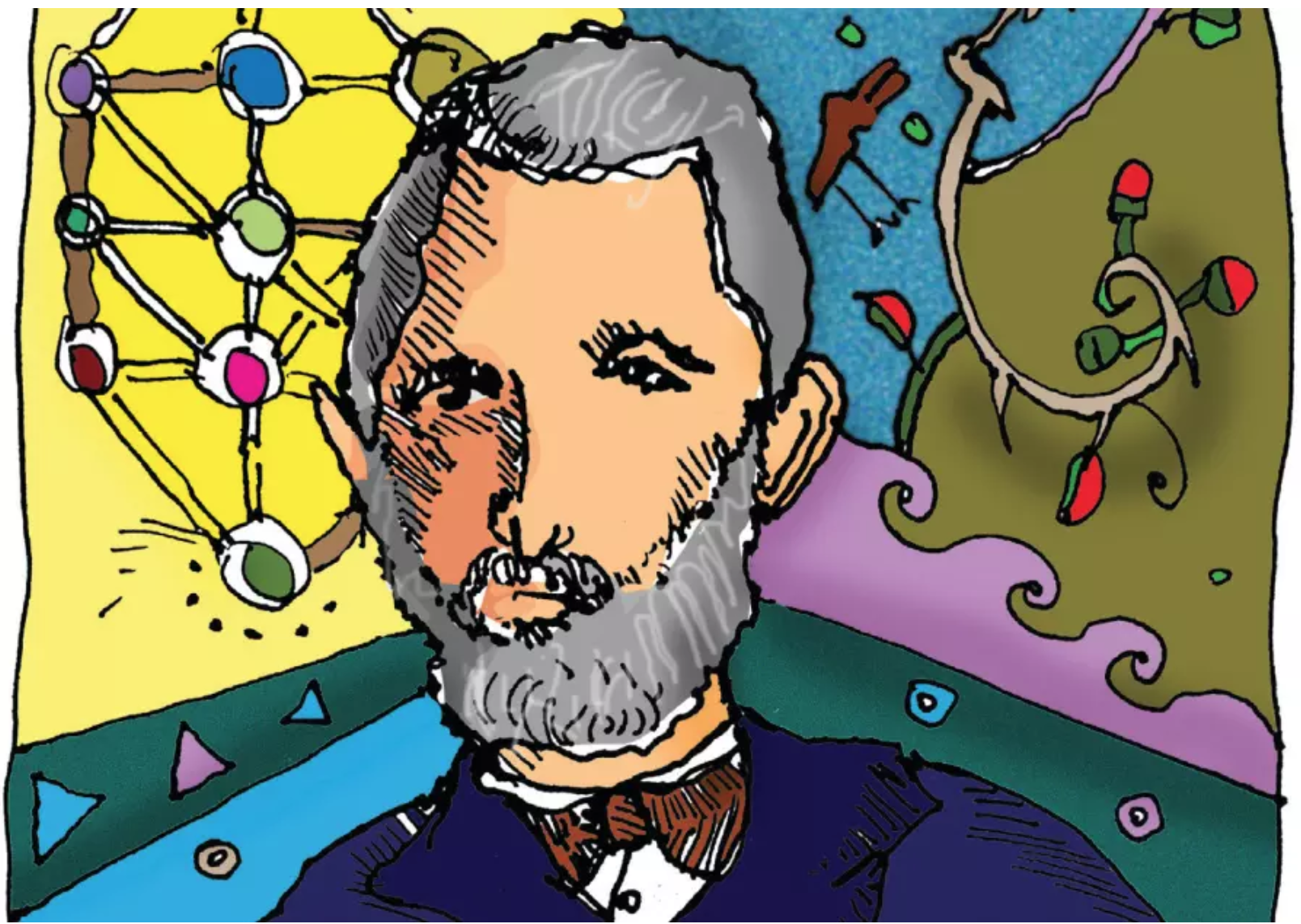
Adafina Brings Alive Childhood Memories from Tangier
15 April, 2022 • Yaëlle Azagury
Yaëlle Azagury
There is a Moroccan saying: “A Sabbath without adafina is like a Sultan without his kingdom” (Sebt bla skhina fhal sultan bla m’dina)
Adafina looms large in Sephardic cooking and cultural imagination. Dating back to medieval Spain, this flavorful dish is a one-pot meal which Sephardic Jews traditionally enjoy on the Sabbath. In medieval Toledo, it was made with chickpeas, eggs, and meat. The adafina of my childhood in Tangier, Morocco also included potatoes and sweet potatoes, both of which, having arrived to Europe after the discovery of the New World, were later additions to the original recipe.
Jews are prohibited to cook on the Sabbath, so adafina is prepared the day before and slowly simmers overnight, allowing the ingredients to release their juices. Contemporary Sephardic cooks use an electric hot plate, but in the medieval period, the dish cooked for hours in the coals in earthen pit ovens. Hence its name, adafina, which, like other Spanish words, comes from the Arabic. It is rooted on the verb “d’fen,” meaning “to bury.” Variations on the name include dafina, d’fina, skhina, and in the Ottoman Empire, it is known as hamin.
An intrinsic part of medieval Iberian culture, adafina is mentioned in such literary works as El Libro de Buen Amor (1330) by Juan Ruiz, and La Lozana Andaluza (1528) by Francisco Delicado. Food anthroplogists consider adafina the first iteration of the olla podrida, itself the predecessor of cocido. Cocido, however, contains pork and sausages, both of which are non-kosher ingredients. The latter were presumably added to the original dish during the Inquisition by conversos seeking to prove they were true Catholics.
Adafina is a well-traveled food and, chameleon-like, has hosted many influences. Just as it is an integral part of the Iberian heritage, so, too, it is deeply enmeshed in Maghribi culture. The Moroccan dictum captures with characteristic humor the dish’s repute. In likening adafina to a worthy kingdom, it brings to light the closely-knit relationship of Jews and Muslims in Morocco. It also highlights the Moroccan Jewish experience as one of relative comfort, revealing that poking a little fun at the Other was acceptable. And it stresses that adafina was a desirable dish known and prized by Muslims as well. In Tangier, food was frequently — especially on holidays — exchanged between the two communities. The mutual sharing of delicacies, common in Morocco, oiled the machinery of Jews and Muslims living side-by-side, in harmony, albeit separately.
My memories of our family’s adafina in Tangier are richly textured. I am instantly transported to a time when, on a Friday afternoon after school, I timorously entered the spacious and charming yellow kitchen in our 1950’s villa. This was not a child’s domain, for I knew it was the locus of elaborate and arcane concoctions, a laboratory of sorts. My mother and our cook, paying little heed to me, busied themselves to ready before sundown the meals of the Sabbath — one for that night and another for the next day. I watched the eggs for the adafina boil with the peels of red onions — a mysterious process that darkened the eggs, and whose other purpose was to distinguish them from the plain hard-boiled eggs of mourning. That color or colorcito had to be verified by the exacting cooks in my family. I also gazed at the preparation of caramel, that liquid gold to be poured on the Sabbath dish to further enhance the desired shade. Mesmerized, I observed the precise alchemy by which the bubbling water and the sugar produced a darker liquid, amber-looking and sweet-smelling. The broth became a heavenly nectar.
Other fragrances, too, slowly filled the air: pepper, ginger, turmeric, nutmeg, mace — a spice I have otherwise seldom encountered — and the marvelous, heady scent of clover. I learned that some families used different seasonings, cinnamon for instance. For my mother, however, cinnamon was on the other side of the line between civilization and barbarism. In fact, there are infinite variations of adafina from house to house. Competition among cooks was fierce, tasters and critics demanding. Our adafina delighted in that it included tuetano (marrow bone), which my father served me on a piece of bread, and rulo de carne molida, a cross between stuffing and a meat roll with nutmeg and marjoram.
Finally, at four or five in the afternoon, prior to sunset, the cooking ceremonial ended, and the stew was placed on an old electric plate that lay on a granite countertop adjacent to our Arthur Martin stove. It was to regally sit on its altar all night, simmering, the scent floating in our house through the next day. Occasionally, it released a slightly nauseating odor, that of an overdone dish cooking on a hot plate. By nightfall, the Sabbath begun, and my mother and I waited for my father’s return from synagogue. The house had grown silent after the maids left, the atmosphere slightly dull, except for the occasional excitement in the kitchen later, when the hot plate malfunctioned — a frequent mishap. I recall how my mother, alerted by a burning smell, often rushed into our kitchen, discovering that the liquid from the adafina had evaporated. “Por Dios! Casi se quema la casa!” (The house has nearly burned down!), she would exclaim in the chanting intonation of the Spanish-speaking Jews of northern Morocco. But invariably, adding a little water to the stew, or operating some other transformation I did not comprehend, she miraculously rendered it more flavorful, thus reversing the fates. In my mind, then, in keeping with its etymology of something to “cover” or “bury,” of something perhaps illicit, adafina summons the thought of a slightly dangerous activity. But it is also synonymous with the possibility of adaptability, amendment, and redemption.
My recollections of adafina, carry me evidently to the moment of consumption — the culminating point of the Sabbath lunch, one which was often anti-climactic. Most of the time, it was just my father, my mother, and myself — I was an only child— and my parents not being chatty, opportunities for musings and reflection were plentiful. I credit adafina with helping me to decode the textures of their relationship, to grasp their secrets and worries, and thus to interpret in other settings the emotional temperature of a room, to read undercurrents of joy, sadness concealment, or discontent. The Sabbath was a quiet day in which I wasn’t allowed to do much, other than eat and observe. It seemed long and dark — the color of adafina.
In truth, while growing up I disliked adafina — or rather, I convinced myself that I did. I found it heavy and indigestible. In my initiation from child to adult, it became a stake, a learning tool, a rite of passage. I viewed adafina as an icon of what I ought to relinquish, an antiquated food, somber and stodgy. I believed all our efforts as Jews with a Western education were to be geared at becoming “modern,” a process which inevitably dictated culinary changes.
Today, from my home in Connecticut my adolescent foolishness is exposed. Memory, like falling in love, is a process of Stendhalian crystallization. Just as the boughs of a tree glitter from icy accretions after a snowfall, so, too, with time we embellish the object we regret, adorning it with magical qualities. And yet…Adafina, with its kaleidoscope of flavors, trained my palate, taught me to taste, parse, and discern. It also taught me that even a simple dish made primarily with eggs and potatoes could, in the right clothing, sparkle.
There is a beautiful Talmudic parable that today resonates powerfully with my feelings:
“Caesar [the Greek Emperor Hadrian] said to Rabbi Joshua ben Hanania: How is it that the Sabbath meal smells so appealing? He said, we have a certain spice called Shabbat that we put in it. Let me have some, he requested. [Joshua replied,] For those who observe Shabbat, it works, for those who don’t, it doesn’t.” (Sabbath, 119a)
Adafina is not only a meal. It is a credo, a system of beliefs. It is the emblem of a microcosm, of a place, of the people who cooked it, of my mother and of my father, of our friends, of the person I was then, of a reassuring weekly return, of regulated time, of the cocoon we lose when we become adults and take on responsibilities, of my Mediterranean world. Adafina, the one I now make for my children, is redolent of a vanished universe — that of my own childhood, which will never return.

adafinadafinafood and memoryMoroccan foodSephardic JewsTangier
Yaëlle Azagury is a writer and a scholar who writes frequently about Moroccan Jews. She is at work on an English edition of an Algerian novel from the early 20th century.
